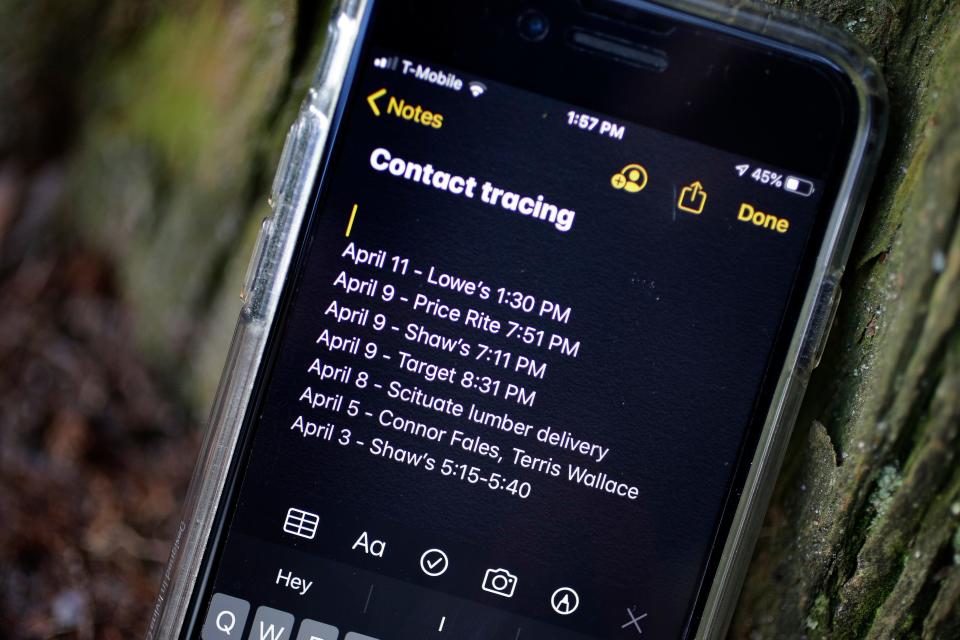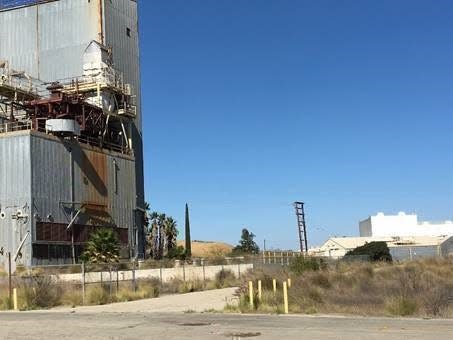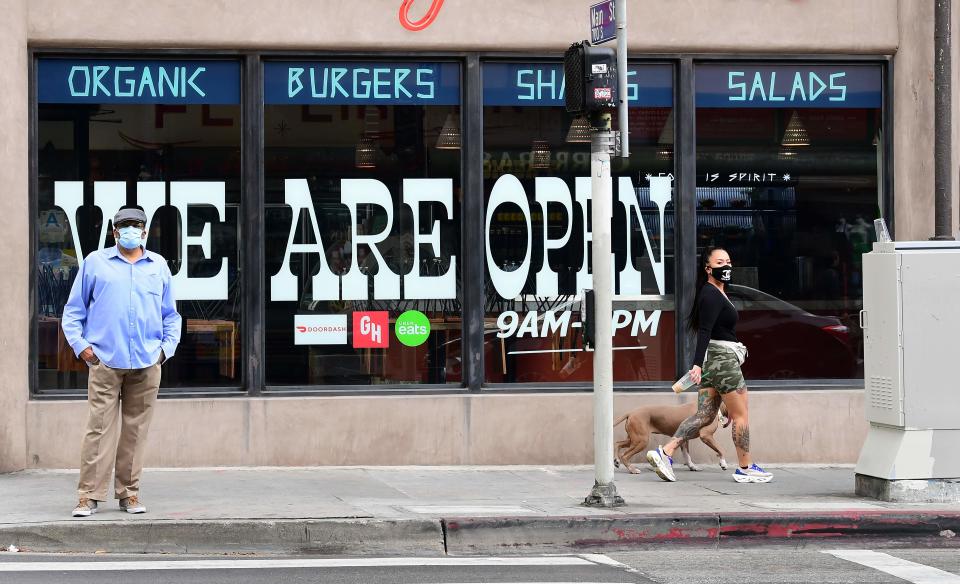In CA: Thousands to be trained on how to hunt coronavirus infections
Hey friends, I'm Megan Diskin, a justice and equality reporter with the Ventura County Star, and the latest to sub in for Arlene Martinez. Put me in, coach!
Speaking of teamwork, it sounds like staff at a Rancho Mirage hospital might be taking inspiration from a gang of superheroes in their fight against COVID-19. The "Virus Avenger" was bought by Eisenhower Medical Center to decontaminate hard-to-come-by N95 masks. The Avenger uses ultraviolet light to disrupt the coronavirus' genetic material. It was paid for with donations from the hospital's coronavirus response fund... because medical personnel are the real heroes.
Stay safe and informed with news and resources from across the USA TODAY Network and beyond: Sign up for In California today (it's free!).
Tracking a deadly virus

We're all eager for a summer of lounging at the beach and grabbing a meal with loved ones. The governor this week made it somewhat easier for that to happen in all 58 counties when he relaxed the standards for reopening. One of the metrics requires counties to have 15 contact tracers per 100,000 residents. And success there seems to be lagging.
An analysis by the Desert Sun shows more than 40% of counties could not meet that requirement. The tracing and testing metrics assure the state that county health departments can identify cluster outbreaks and halt their web from spreading wider.
To help achieve these goals, state health officials are working to train thousands of people in contact tracing who can be deployed at any time. Newsom calls them his "army of disease detectives."
A day after the new standards were announced, Tulare County Board of Supervisors voted to reopen businesses and churches immediately. The county was called out by Newsom as one of five counties not expected to meet the requirements, citing nursing home outbreaks.
Local officials pushed back and said the state is to blame for that, since the California Department of Public Health licenses and regulates the state's 1,200 nursing homes. But would the exclusion of those nursing home cases be enough to meet the metrics?
Who is getting infected?
Advocates are worried the state is not tracking the virus outbreak in the LGBTQ community as it records groups disproportionately affected. They say many may be more vulnerable to its effects because of the prevalence of HIV and some cancers.
Some may avoid medical care because they fear discrimination, and LGBTQ people are more likely to be homeless.
State Sen. Scott Wiener, D-San Francisco, introduced a bill in February that would require providers ask a person about their sexual orientation and gender identity. People can decline, however.
The proposed legislation, Senate Bill 932, passed the Senate Health Committee last week.
Meanwhile, a photo of a 43-year-old San Francisco nurse depicting severe weight loss after being hospitalized with the virus is going viral. The formerly fit man, with no underlying conditions, didn't think he'd get infected. He was one of about three dozen people likely infected at a Miami LGBTQ festival in early March.
The opposite of work from home
San Diego Gas & Electric employees are so essential, some of them are living in the company's parking lot. Two teams of six employees work 12-hour shifts as grid operators for 14 days.
When the shift is over, they head into recreational vehicles in the parking lot. A pingpong table and basketball hoop have been provided to help pass the time.
These grid operating crews were the first on the West Coast to proactively sequester.
With all that said, maybe my bed turned into office space isn't half bad.
Some good news

Ten buildings at a laboratory where a partial nuclear meltdown occurred in 1959 are being torn down. It's the first step in the long-delayed cleanup at the Santa Susana Field Laboratory southeast of Simi Valley.
The U.S. Department of Energy announced the agreement with the state Wednesday. The 10 buildings represent some of the most contaminated structures. Research was done there starting in the 1960s and included processing, packaging and shipment of radioactive and mixed hazardous wastes.
L.A. looks out for restaurants

The Los Angeles City Council voted to have city attorneys draft a law capping fees for restaurants partnering with food-delivery service providers.
Apps like GrubHub and Postmates can charge as much as 30% in fees to local eateries, causing some spots to increase their prices. The COVID-19 pandemic has propelled the issue to the forefront as more people (and businesses) rely on these apps.
San Francisco and New York City have done the same.
“Even before the madness, it was just a terrible deal no matter how you slice it,” Anca Caliman, co-owner of Lemon Poppy Kitchen in Glassell Park and Parsnip in Highland Park, told The Los Angeles Times.
In California is a roundup of news from across USA TODAY Network newsrooms. Also contributing: The Sacramento Bee, San Francisco Chronicle, SFist, San Diego Union-Tribune and The Los Angeles Times.
This article originally appeared on USA TODAY: Thousands to be trained on how to hunt coronavirus infections: Weds news

